Social Distancing in Kindergarten
Social distancing in a kindergarten classroom may seem impossible. These little learners want to hug you, high five you, share toys, and play with their friends. The idea of social distancing is hard for them to understand and remember. It is for adults too!
While this is a whole new style of teaching and managing a classroom, I have no doubt you can make it work and thrive in a social distancing classroom environment. These social distancing tips and ideas will help you navigate your new “normal” and make school a fun, safe place.
Quick disclaimer: I know all schools look different and have different rules. Some of the ideas I give may have to be adjusted and some may just not be for you, but it is my hope that you can use some of these ideas and tweak others to fit your situation!
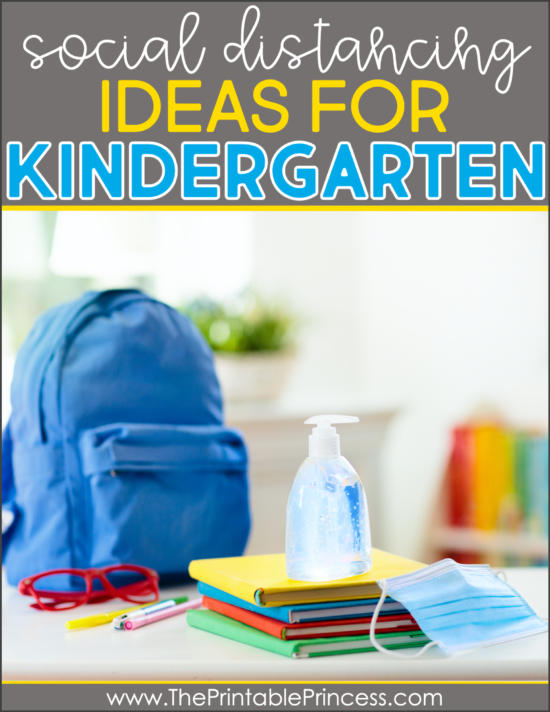
Social Distancing Tips
From the arrangement of your seats to hand-washing practices, center time, building relationships, and teaching in general, social distancing affects nearly everything you do in a kindergarten classroom. I have been listening and seeking out the most talked about topics that teachers just like you are needing help with. Read on for ideas on making social distancing work in your classroom.
Safety and Health
Staying safe and healthy is priority number one when it comes to social distancing in a kindergarten classroom. Hopefully your school has measures in place for students to get screened before entering the building. If you have to check temperatures throughout the day, treat that as any other routine to teach your students. They'll get the hang of it in no time and so will you! I think it's important to remember, every school or district is different. Here's some ideas you can incorporate, pick the ones that work best for your situation:
- Have set hand-washing and sanitizing breaks throughout the day. Build those into your schedule so the students know when it is coming and a substitute can also see that on your schedule. Practice the transitions to and from the sink.
- Make hand-washing and sanitizing fun! Sing a hand-washing song, do a sanitizer dance, set a timer, etc.
- Give each student their own mini-sanitizer. That will cut down on students having to get up to sanitize and share the same bottle. When it is time for a sanitizer break, they can just get theirs out of their desks or cubbies.
- Help students understand why social distancing is in place and why it is important. There are a lot of great videos for kids available. Many doctors and school nurses are also putting together videos to help students learn the importance. Creating social stories and science lessons around this topic will also help them understand. Bring in a blacklight to do a study about germs. They will love it and it will help them understand hand-washing and sanitizing.
- When the 6 feet rule cannot be upheld for certain activities or times of day, have students wear masks that are attached to lanyards. This will help them keep them on without losing them.
Classroom Layout and Management
With the 6 feet apart rule, there are many restrictions on how you set up your classroom layout. Some classrooms are nice and big while others feel like a crackerjack box. It's time to get creative! You may even end up loving your new layout!
- Let students pick their own special color of tape to create a 6×6 square for their desk and supplies.
- Save space by having students sit on yoga mats which define their space. They can use a personal lap desk to work on.
- Instead of having carpet time, have circle time where the students sit 6 feet apart.
- Place fun markers on the floor 6 feet apart so students know exactly where to stand in line.
- Designate “safe seat” areas. These can be areas around the room where students can go to read or work at times. Make sure these areas are 6 feet apart and can be easily sanitized.
- Get outside whenever possible! The fresh air is good for everyone. Students can spread out and work or practice writing sight words, their names, numbers, etc., with sidewalk chalk.
- Teach your students hand signals for basic questions like using the restroom, getting a drink, getting a tissue, sharpening a pencil, and asking a question. This will eliminate students having to get up and walk around the room to ask you.
- If your school has restrictions on recess, take students to recess in small groups and show them the designated areas they can play. If your playground is off limits, think of creative ways your students can have fun at recess. Sidewalk chalk, jump ropes, swings, kickball, etc. Just be sure to sanitize any sports balls and jump ropes before putting them away.
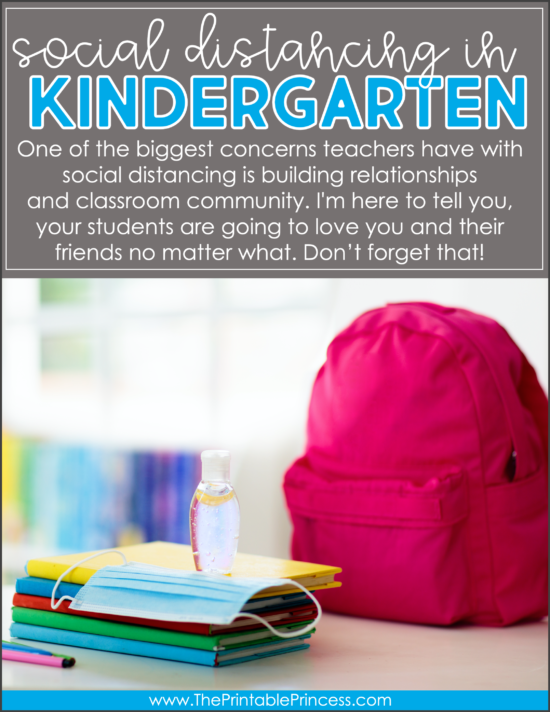
Relationships and Community
One of the biggest concerns teachers have with social distancing in a kindergarten classroom is building relationships and classroom community. When 6 feet measures, masks, and rules on sharing and moving around the classroom are in place, this can seem impossible.
I'm here to tell you, your students are going to love you and their friends no matter what. Have you ever seen a student at a distance and noticed the excitement on their face? That's proof that no matter what restrictions you have, building relationships and community is still possible!
- Instead of starting the year with a scavenger hunt, bring the scavenger hunt to the classroom. Take pictures of places and people around the school so they know them and become familiar with them. You can record yourself going on a scavenger hunt around the school visiting these people and places and play it back for your students. Have each person leave a little message to your students on the video!
- Use social distancing-friendly greetings, such as air high fives, air fist bumps, peace signs, air handshakes, dance breaks, class cheers, and the most basic of them all, cheerful hellos! This would be an awesome opportunity to learn sign language too! Learn how to sign good morning, goodbye, love you, good job, etc. To keep it fun and fresh, you could even teach your class to say them in a different language.
- Celebrate students OFTEN! Use their names when talking to them to make them feel special. Use virtual sticker charts or points systems, like Class Dojo. Allow students to choose the brain break or read aloud after accomplishing something exciting.
- Create classroom rules together, especially rules around social distancing.
- Decorate the classroom with student art and class collages.
- Have social distancing appropriate classroom jobs. Some examples are: line leader, caboose, lights and door helper, weather reporter, class gardener, and hygiene monitor. The hygiene monitor can report when a student needs a new sanitizer, when the paper towels are empty, and when the tissue box needs replaced.
- Hold morning meetings where you check in, play a name game, talk about the weather, and do calendar. You can also have question prompts or simple games that you can play during a morning meeting circle time.
- Focus on social emotional skills and mental health. Discuss having a positive attitude and a growth mindset. Read stories and watch videos pertaining to these skills and talk about how the characters feel and how your students feel.
- Use individual markers like cubes and emoji cutouts to check in on students throughout the day. If they are feeling sad or having a rough day, they can simply put a red cube or emoji on their desk. If they are having a great day or are excited about something, they can put a green cube or emoji on their desk. This lets you know where your students are at mentally so you can check in on them. This will help you manage and address behaviors.
- Let them play! Playtime will look different, but it can be done. Think about having toys that can be easily sanitized or splitting them up into individual toy baskets. Each student can have a basket with their own legos, pattern blocks, small puzzle, play dough and play dough mats, etc. Have students sit in a circle or in a small group to play together with their own toys. Students can use these trail games with a partner (wearing masks if not 6 feet apart) or individually.
Teaching and Small Groups
The thought of teaching with a mask on or at a distance is hard to wrap your mind around. Keep your energy high, your mindset positive, and find ways to make it fun! You can still make lessons engaging. Students learn best from a teacher that is excited to help them learn. And guess what? Social distancing can't take that away from you!
- Keep your lessons high on engagement and energy. Use props when delivering lessons. Model, model, model! Play videos, hold demonstrations, sing songs, use music, read alouds, and brain breaks.
- Use mini-lessons. With students being at their seats a lot, they are going to need more breaks. Hold a mini-lesson, then have them jump up to do a brain break. Sanitize after the brain break, and then dive into the activity. This will help students with focus.
- Create individual supply kits or baggies to cut down on sharing. These kits can have their typical supplies like pencils, erasers, crayons, scissors, and glue or they can be separate kits. These supply kits can have individual baggies of manipulatives, like counting cubes, pattern blocks, number and letter cards, color and shape cards, ten-frames and counters, magnetic letters, etc. Whatever you use often, split it up so they can have their own. These kits can be collected weekly to sanitize and add or take away supplies. Students can take these kits with them to center time or small groups so they can have their own supplies.
- Laminate center activities or use wipeable pockets. This makes them easy to clean.
- For fine motor time, use individual tools as much as possible, such as play dough and tweezers. If you have to share, make sure they can be easily wiped down in between groups. Another idea is to have students visit one station per day. That way you can sanitize it at the end of the day and have it ready for the next group the following day.
- If you are able to rotate centers or small groups, rotate the actual centers, not the kids. Teach your students to wipe down the centers before they are passed on. The hygiene monitor can announce that it is time to clean and rotate.
- Incorporate technology! Use Boom cards for skill practice and assessment during whole group or small group time. These are so fun for kids and will cut down on sharing and grading! Another great option is to use choice boards for learning, both in the classroom and at home. They will take pride in their work knowing they got to choose the activity!
- Allow students to checkout 3-5 books for the whole week. They will keep them in their desk and they will be collected weekly for sanitizing and putting back on the shelves. Another option for reading is to use apps such as Raz Kids and Epic.
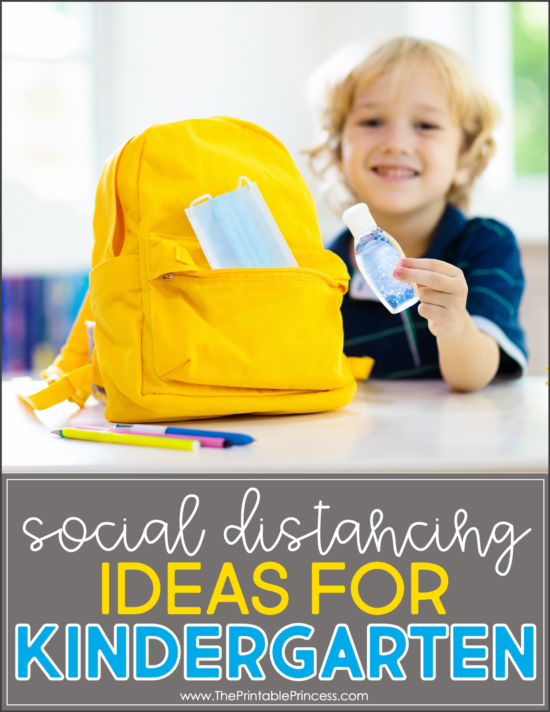
I hope these ideas for social distancing in a kindergarten classroom make you feel more confident about the year ahead. If you are teaching virtually or with a hybrid learning model, check out this blog post for tips for virtual teaching! What ideas do you have for social distancing in the classroom? I'd love to hear them!

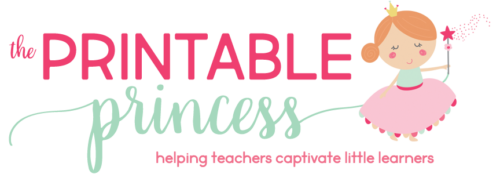
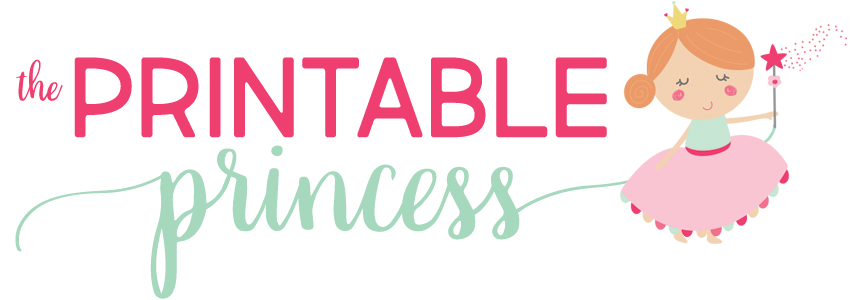
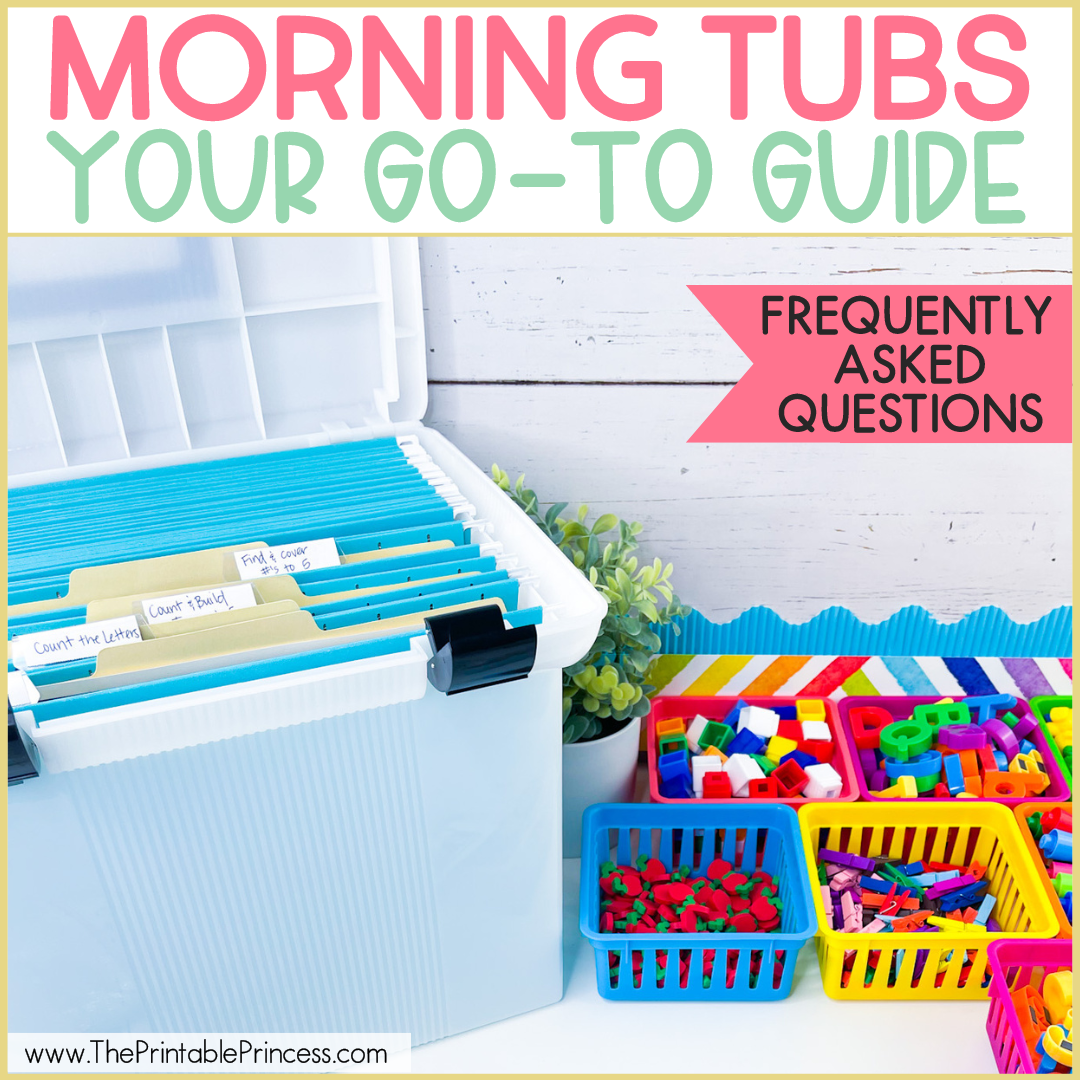
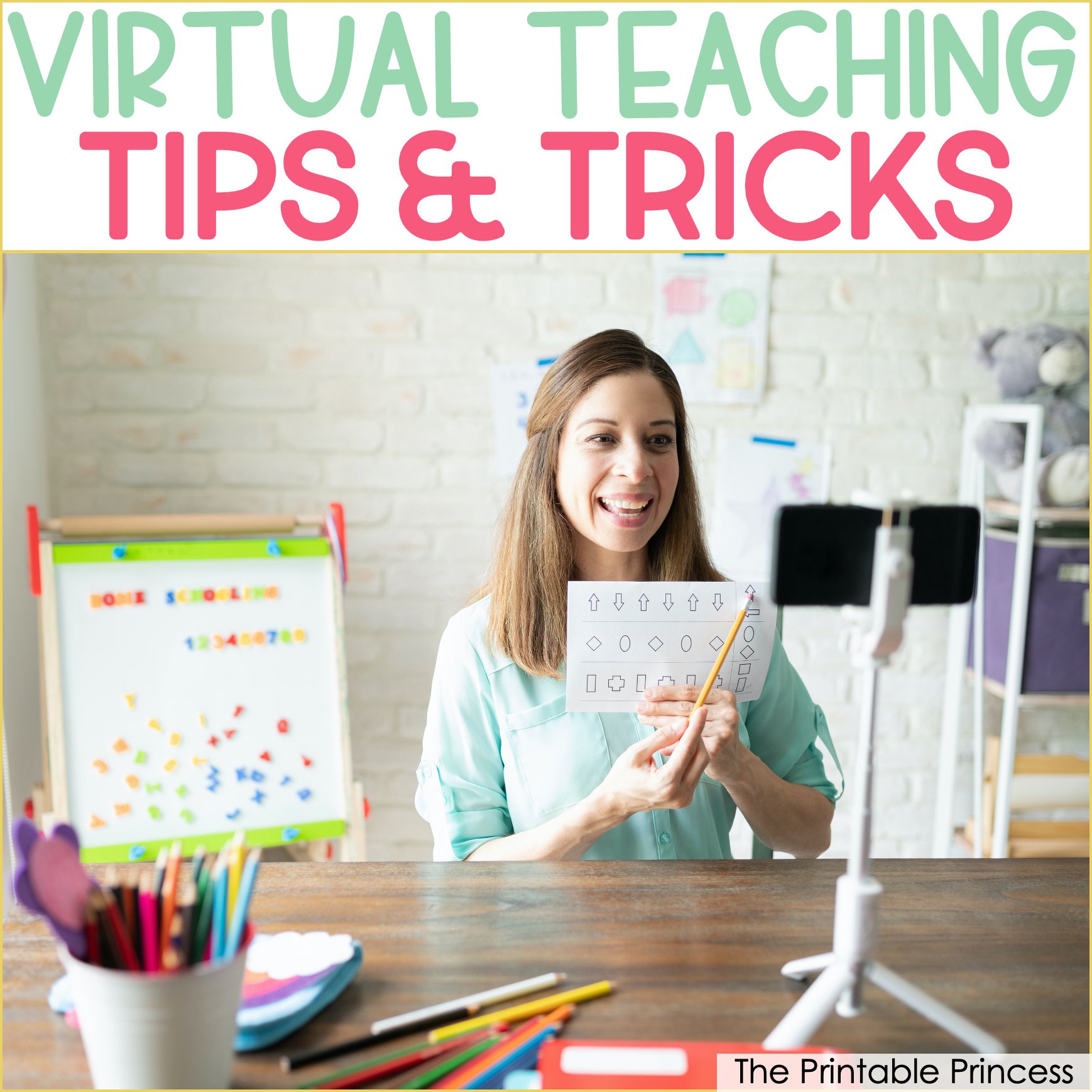
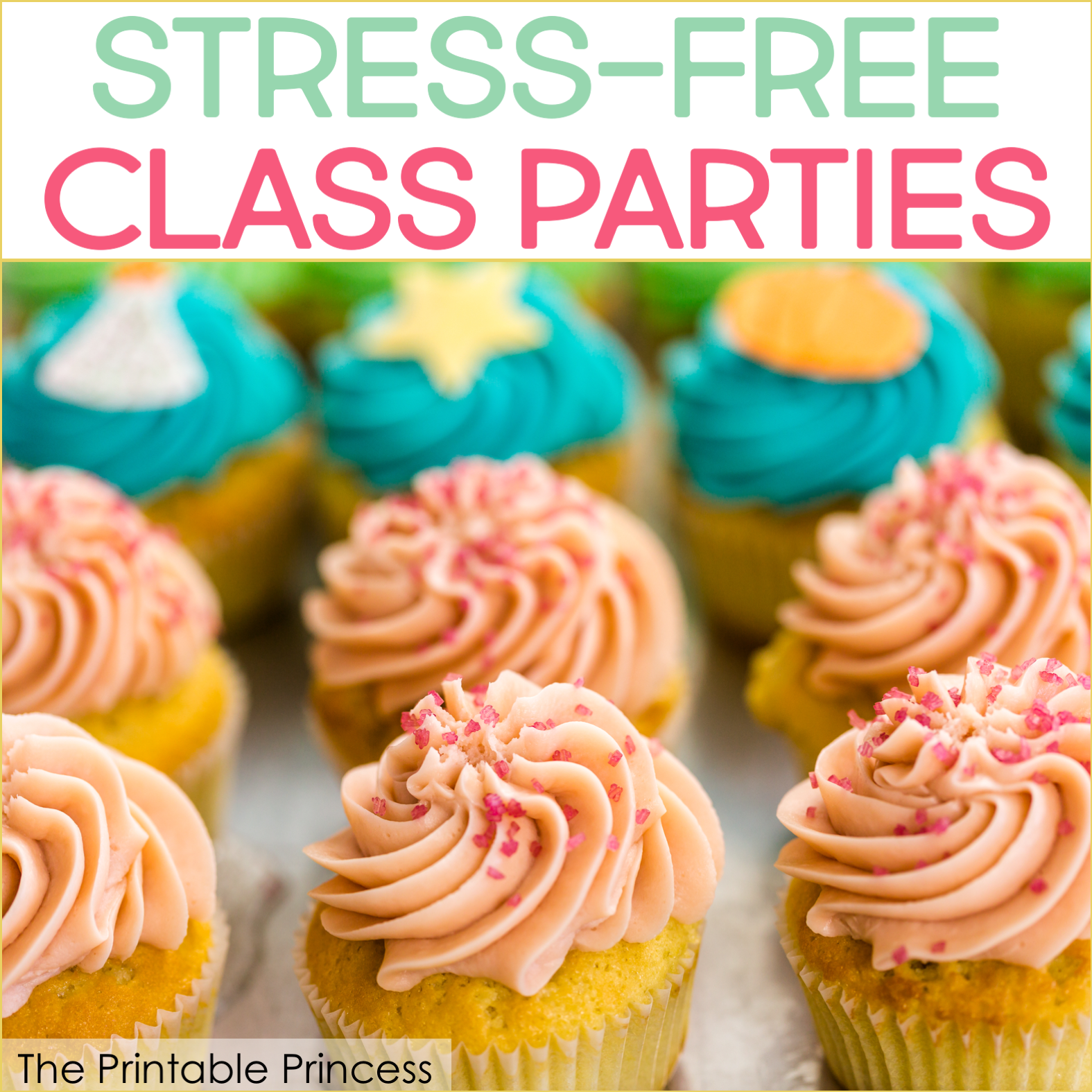
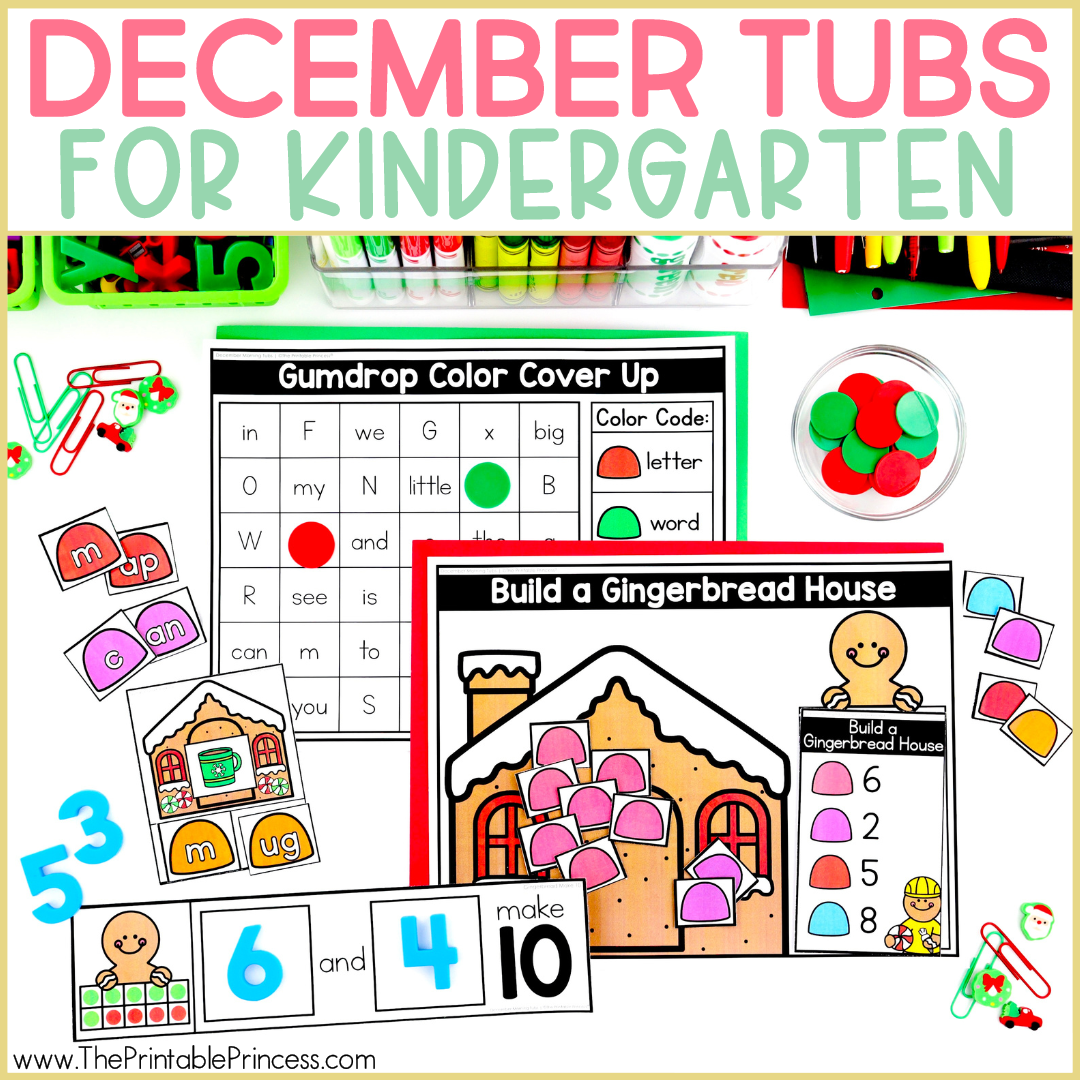
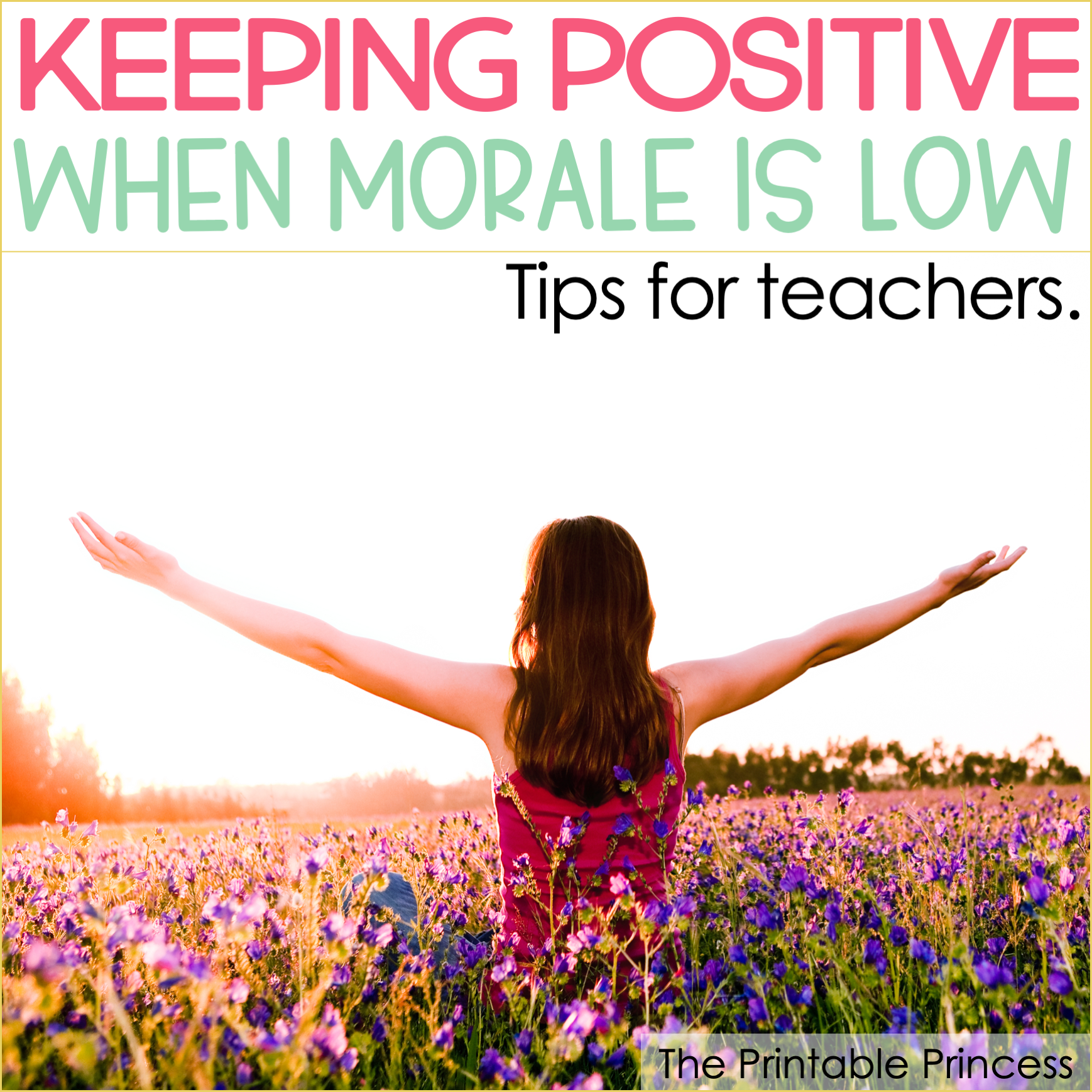
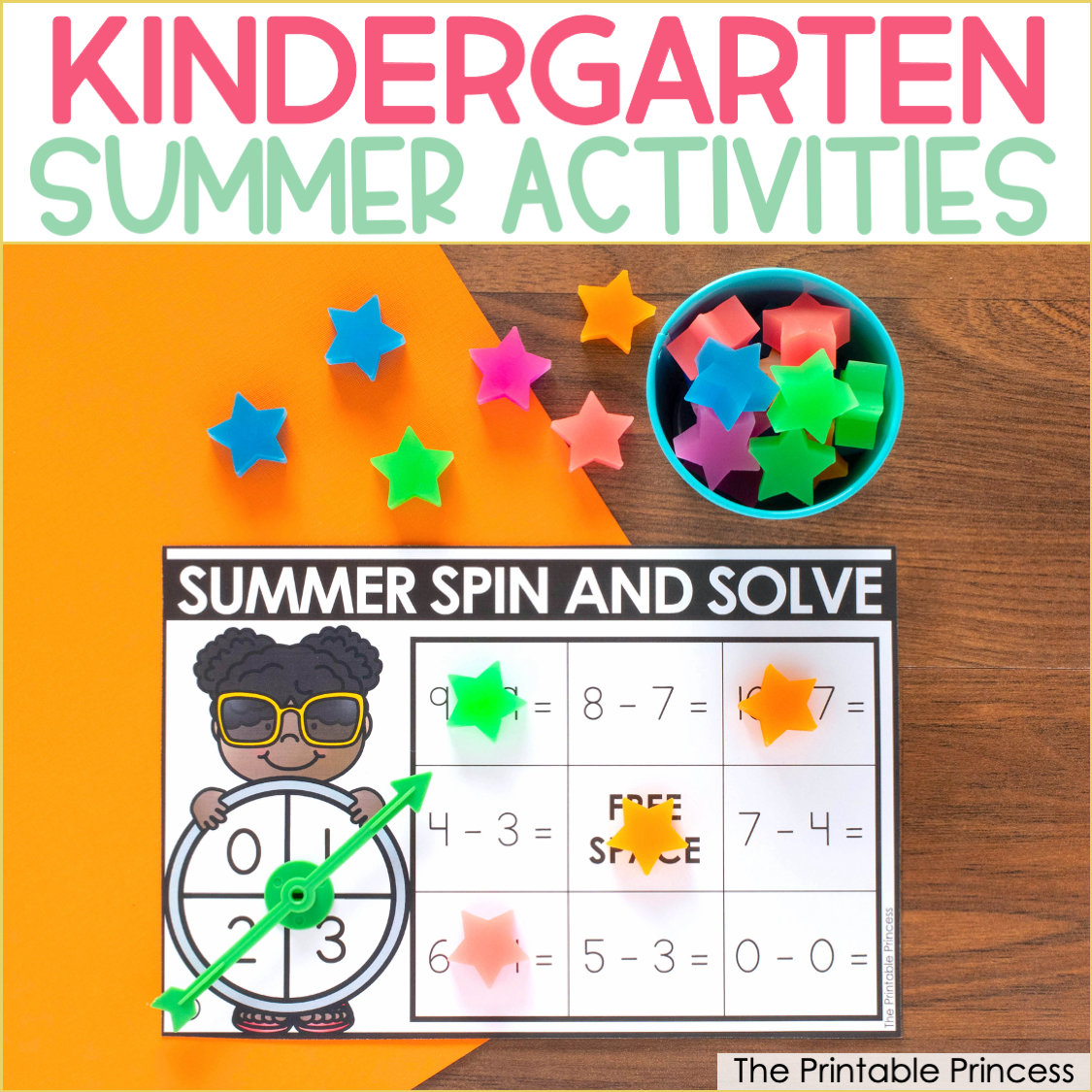
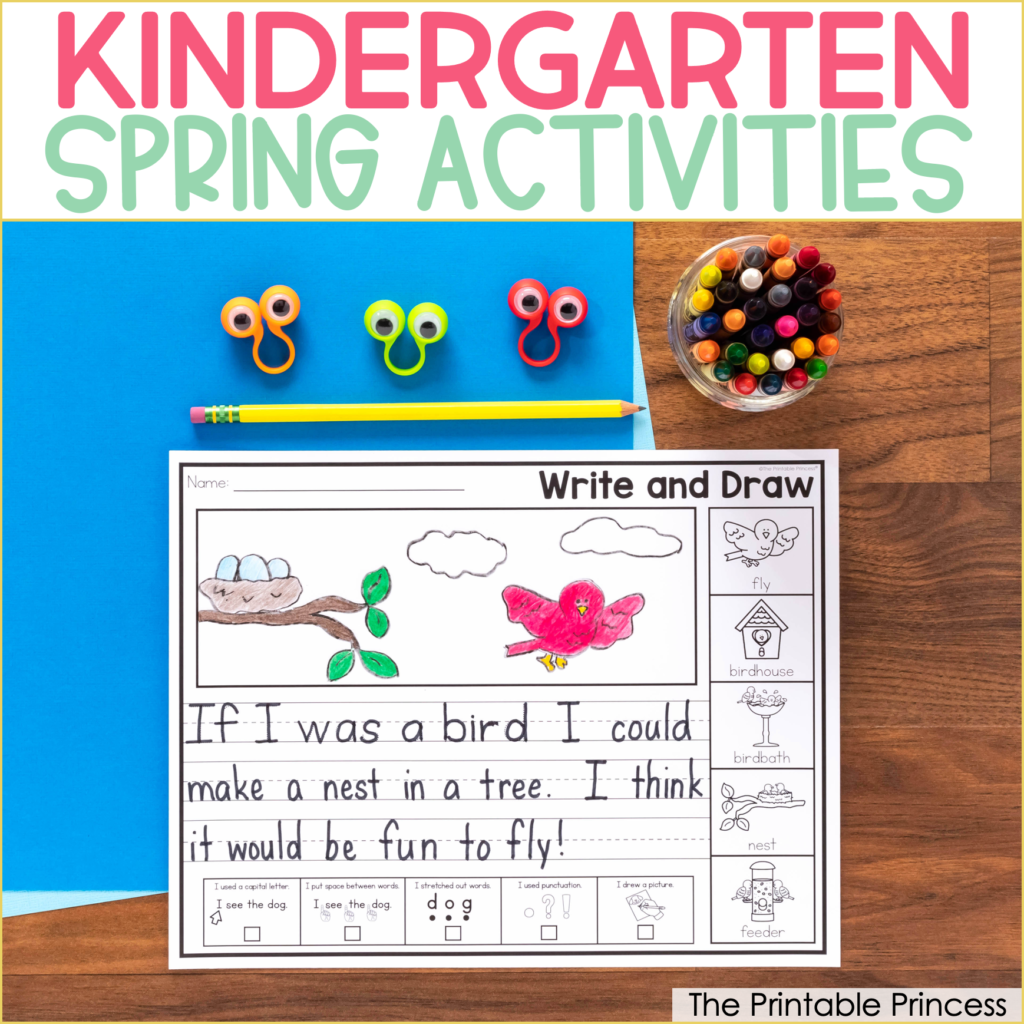
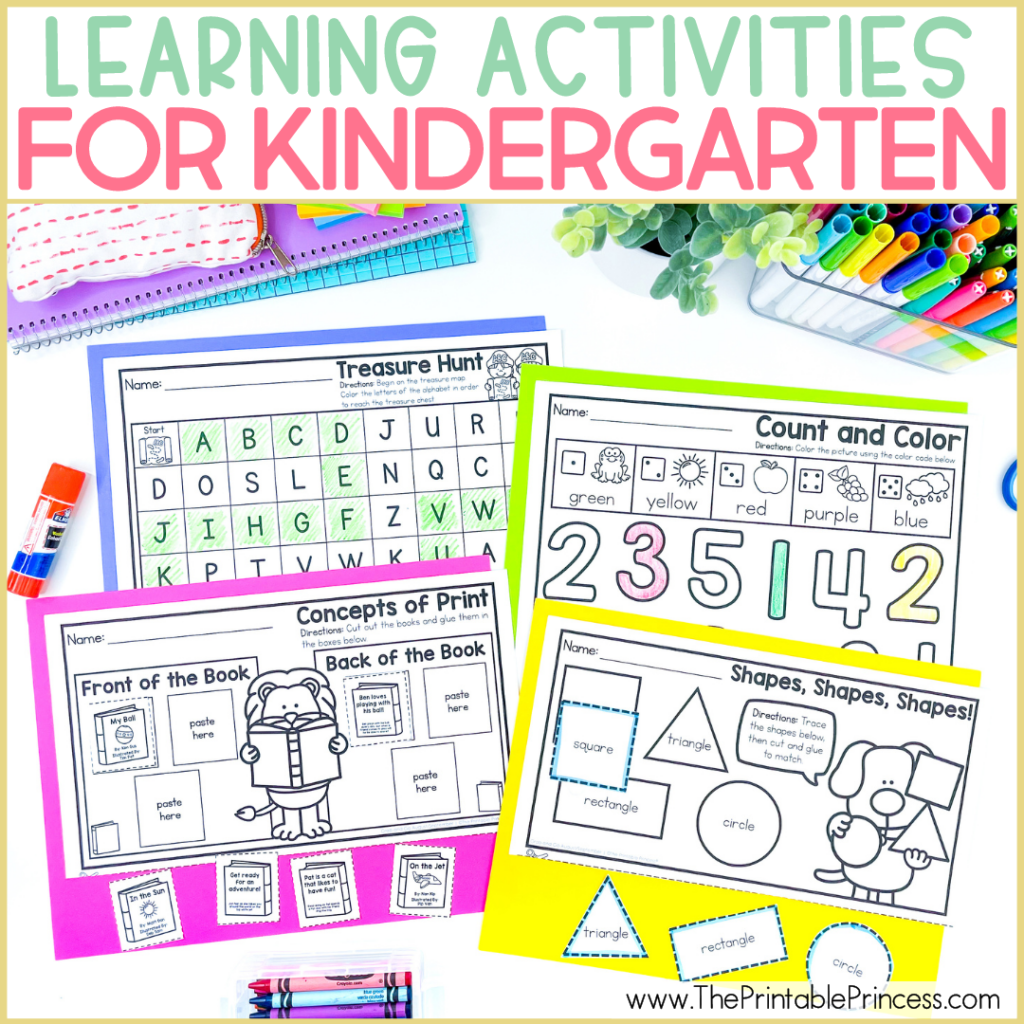
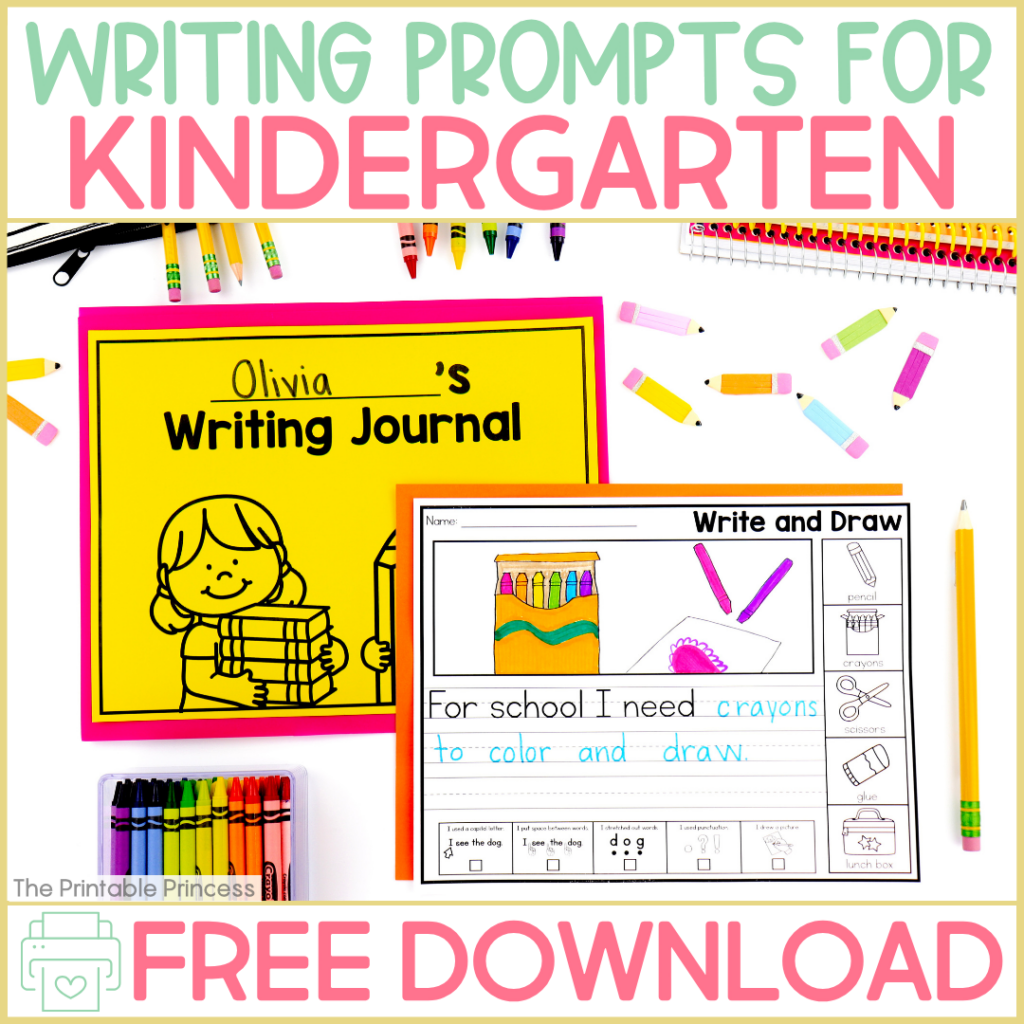
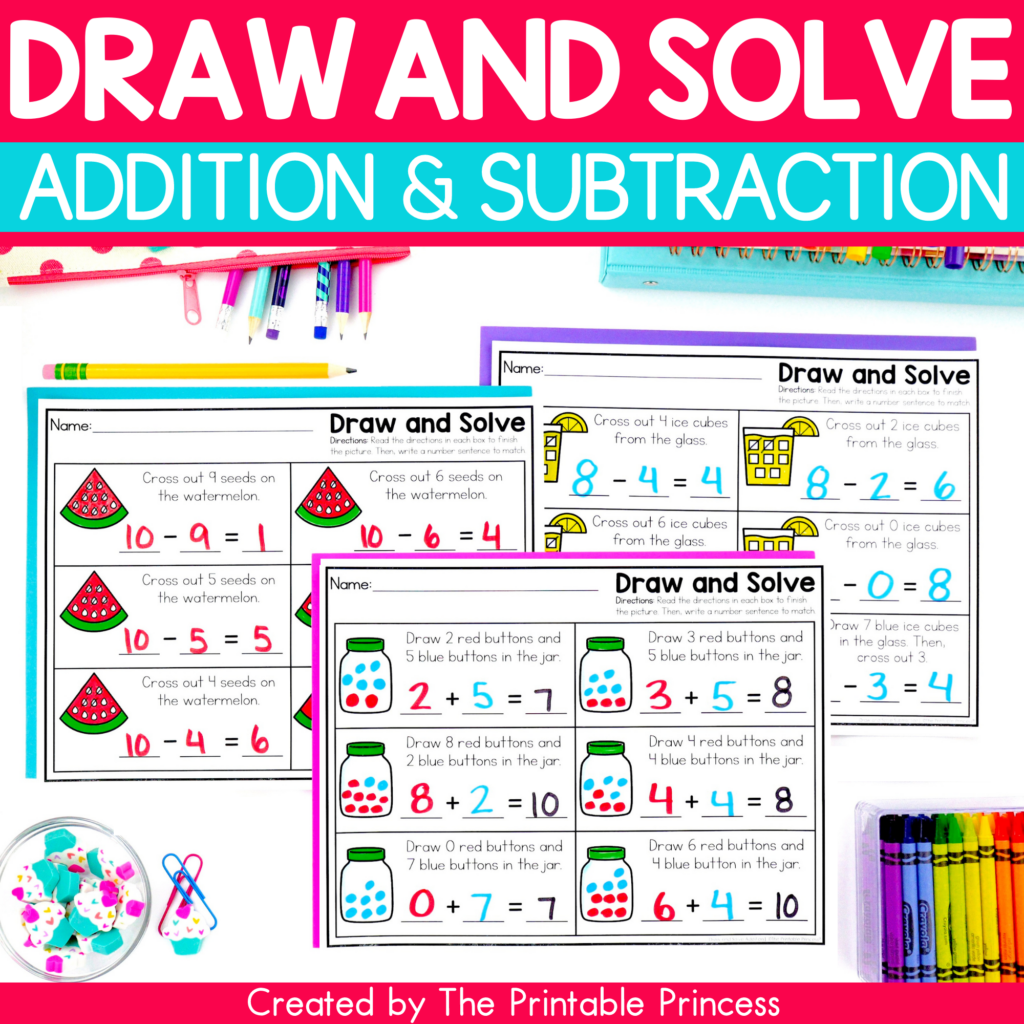
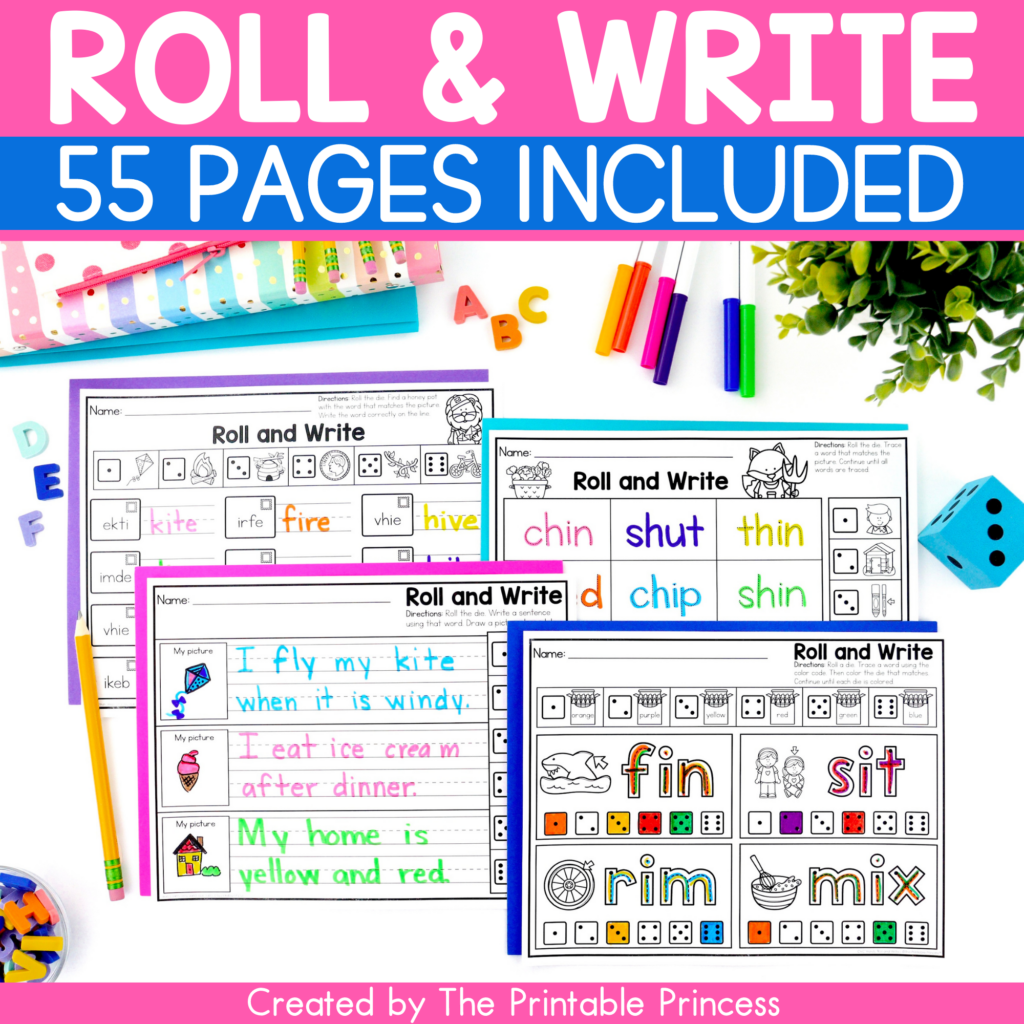
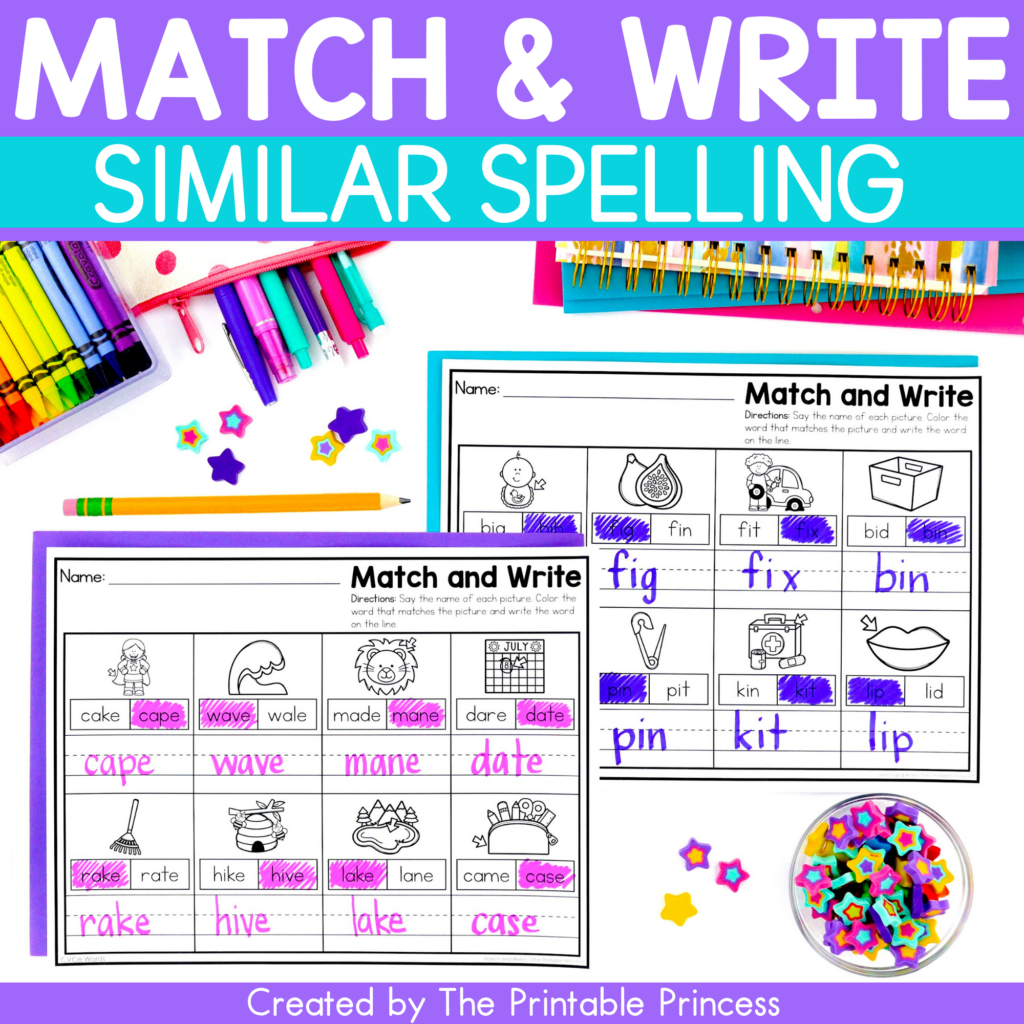
Thank you for all your suggestions. It has been daunting in figuring out social distancing with 20* kids in the classroom. Now there is no limit. But through it all the students are shinning. They understand and wear their mask like super heroes. I am creating individual centers for each student. We also try to go outside to take mini breaks.
I know this school year will be quiet different. I hope that these suggestions help get you started. 🙂
-Melissa
Hi Melissa,
I have followed you forever and bought many of your products! With that being said, could you suggest something for the kids to help sanitize that would be SAFE for them to use? In ordinary times, I have the “table washer” use baby wipes to do the tables. During COVID I will be using Chlorox Wipes. I don’t like the thought of minders touching them though. Could you suggest something they COULD use that would sanitize but not hurt them? Thanks!!!
Trisha
Hi Trisha,
Thank you so much for your kind words. As far as wipes, I would definitely check with your administration or district to see what they want you to use. If your students are going to be using any type of wipes or “cleaning supplies” – it is highly recommended that you run it by them first to make sure you have their approval.
-Melissa